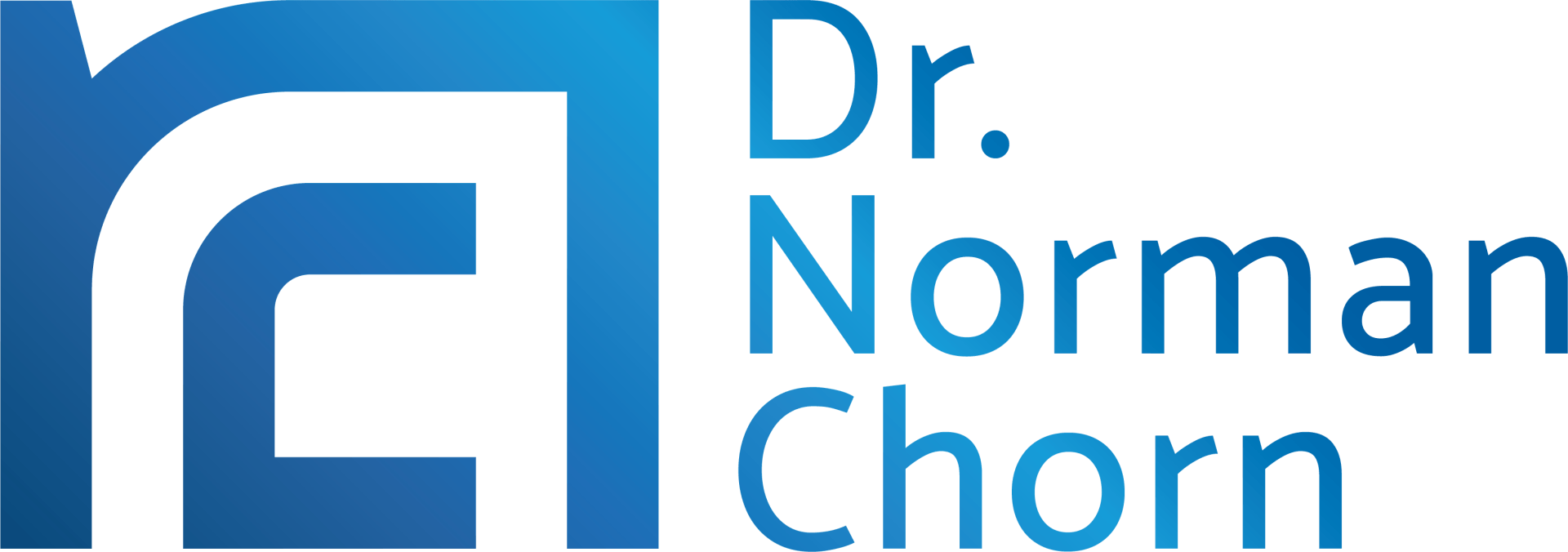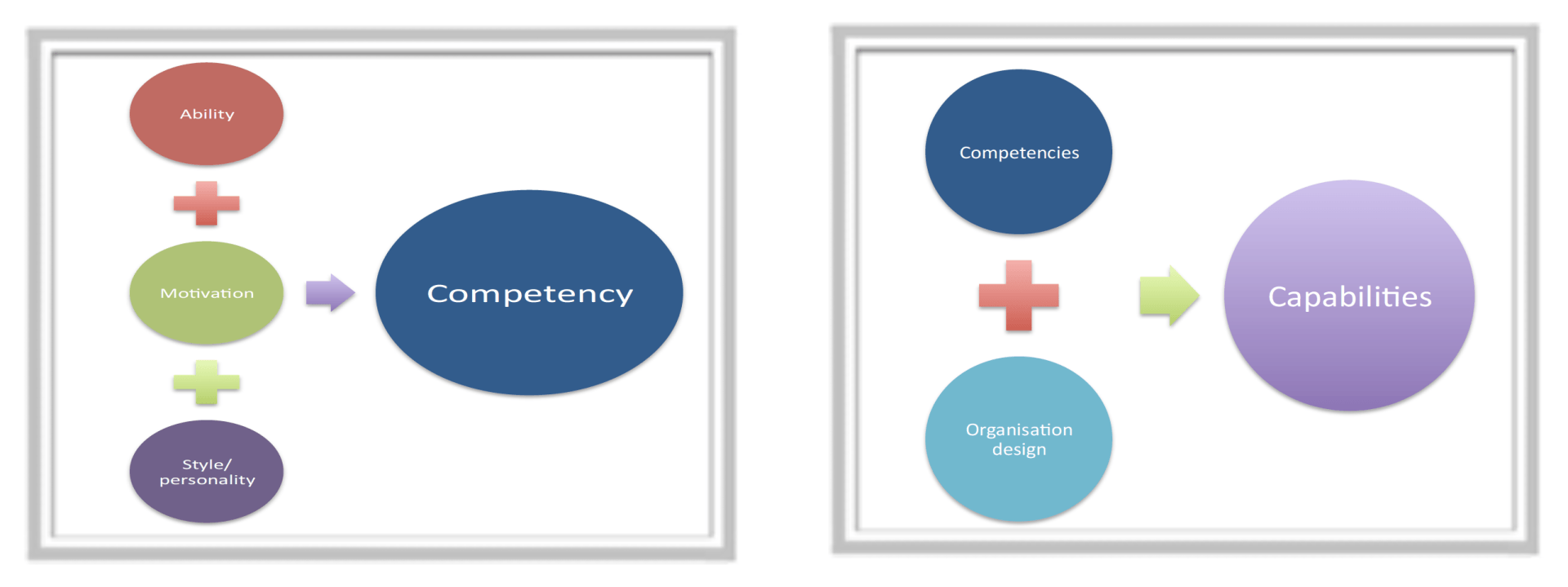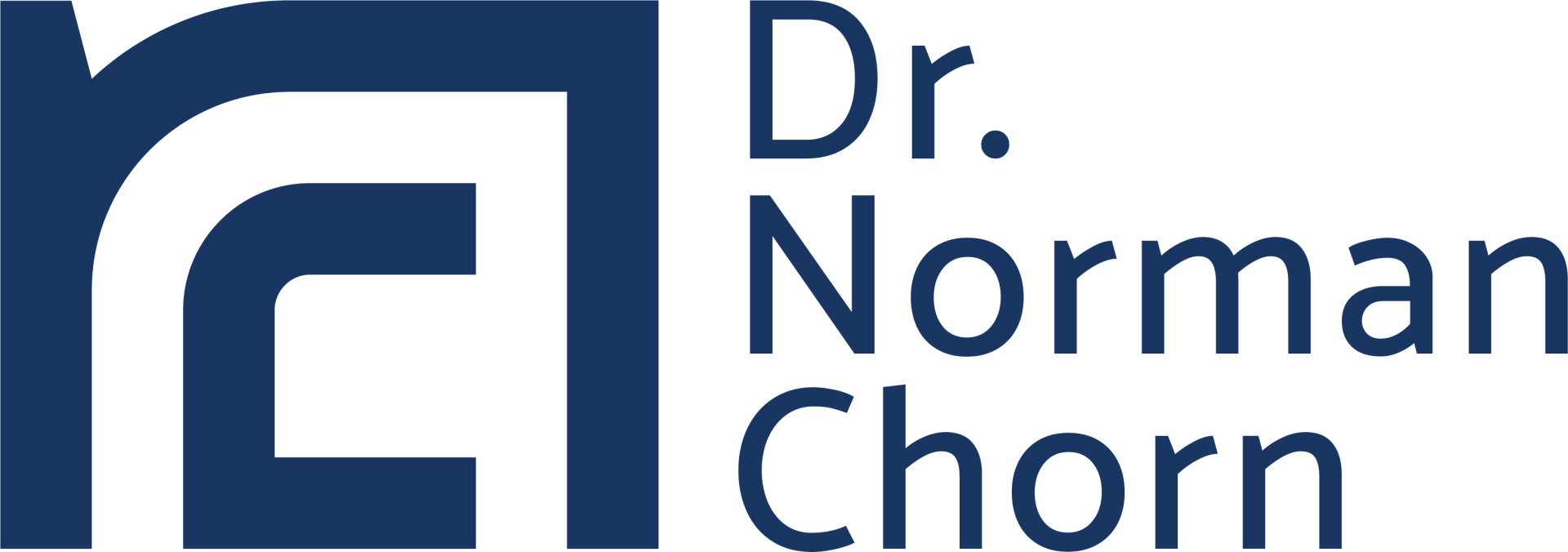Missing link?
One of the keys to succeeding in an uncertain environment is to focus on developing organisational capabilities rather than predicting the future. The trick is to develop these capabilities across a range of futures rather than making a bet on what the future will be like. Obviously, this focus on capability building should be guided by our strategic intent and the manner in which the organisation intends to compete.
Traditionally, this task of building organisational capability rests with the HR specialists. Their goal is to link their learning and development programs with business strategy - so that the capabilities align with the organisation’s strategic intent. But this alignment is seldom fully achieved. In fact, during my time in industry and consulting, we have come to regard this alignment between business strategy and HR strategy as somewhat rare and elusive. And poor strategy execution is the major consequence of this lack of alignment. Why does this occur? And what can we do about it?
In the main, the breakdown occurs because leaders focuses on strategic intent and competitive advantage, while HR practitioners address the make up of competencies within the organisation. While the connection between competitive advantage and competencies seems clear, there is an important link between the two that is often omitted in organisations.
This is the element of organisation design - the manner in which the competencies are configured in order to produce the desired capabilities.
What is the relationship between Organisation Design and Capability?
HR specialists recognise that competencies are a combination of ability, motivation and style. Capabilities, on the other hand, are achieved by combining the people competencies with organisation design.
And while executive teams focus on strategic intent and HR specialists address the development of competencies, the issue of Organisation Design often fails to attract an appropriate level of interest. Or worse, it is relegated to an administrative issue where the focus becomes about “dividing the organisation equally amongst the executives” or even the ego aspirations of certain individuals.
And this is why organisation’s capabilities often fail to match the strategic intent set by leadership.
Organisation Design shapes capability
My key premise is that capabilities are shaped by the way the organisation is designed - ie the way that we configure the competencies. Competencies are, therefore, the raw materials we use to shape capabilities. (Competencies are important raw materials, but they are not the finished product).
Accordingly, we can deliberately shape these competencies, via different organisation designs, to produce different organisational capabilities.
Shaping Organisation Design
In simple terms, we use organisation design to shape competencies into different capabilities - and this will result in different forms of strategy. The diagram below illustrates this point:
In each case, a particular organisation design is associated with a particular set of capabilities and a resultant strategy. Accordingly, organisation design is the means whereby competencies can be shaped to produce specific capabilities and strategy.
This relationship between design, capability and strategy has been empirically tested by many researchers and holds up under different conditions, industries and markets. The evidence suggests that design should be deliberately used to shape capabilities as determined by the strategic intent.
How can we use Organisation Design to shape capability?
The relationship I have outlined suggests that there are five key steps to be followed. While I present them in a logical sequence, it is often an iterative process in real life, and leadership teams may find that they have to move backwards and forwards as the situation evolves.
Here are the five steps:
1. Identify the arenas or markets in which the organisation plans to compete or operate
2. Define the source of competitive advantage that is required to be effective in this arena or market. The organisation’s strategic intent should be helpful here. If not, you may not have thought the issue through completely
3. Describe the set of key capabilities that will allow you to achieve this form of competitive advantage. You don’t have to identify every single capability that is required - just those KEY capabilities upon which the source of competitive advantage really depends
4. Agree on the organisation design that will produce these capabilities. Use the table above to associate particular forms of design with the KEY capabilities you need
5. Define the competencies that the organisation needs for the appropriate organisation design.
Subscribe to our regular articles, insights and thought leadership







